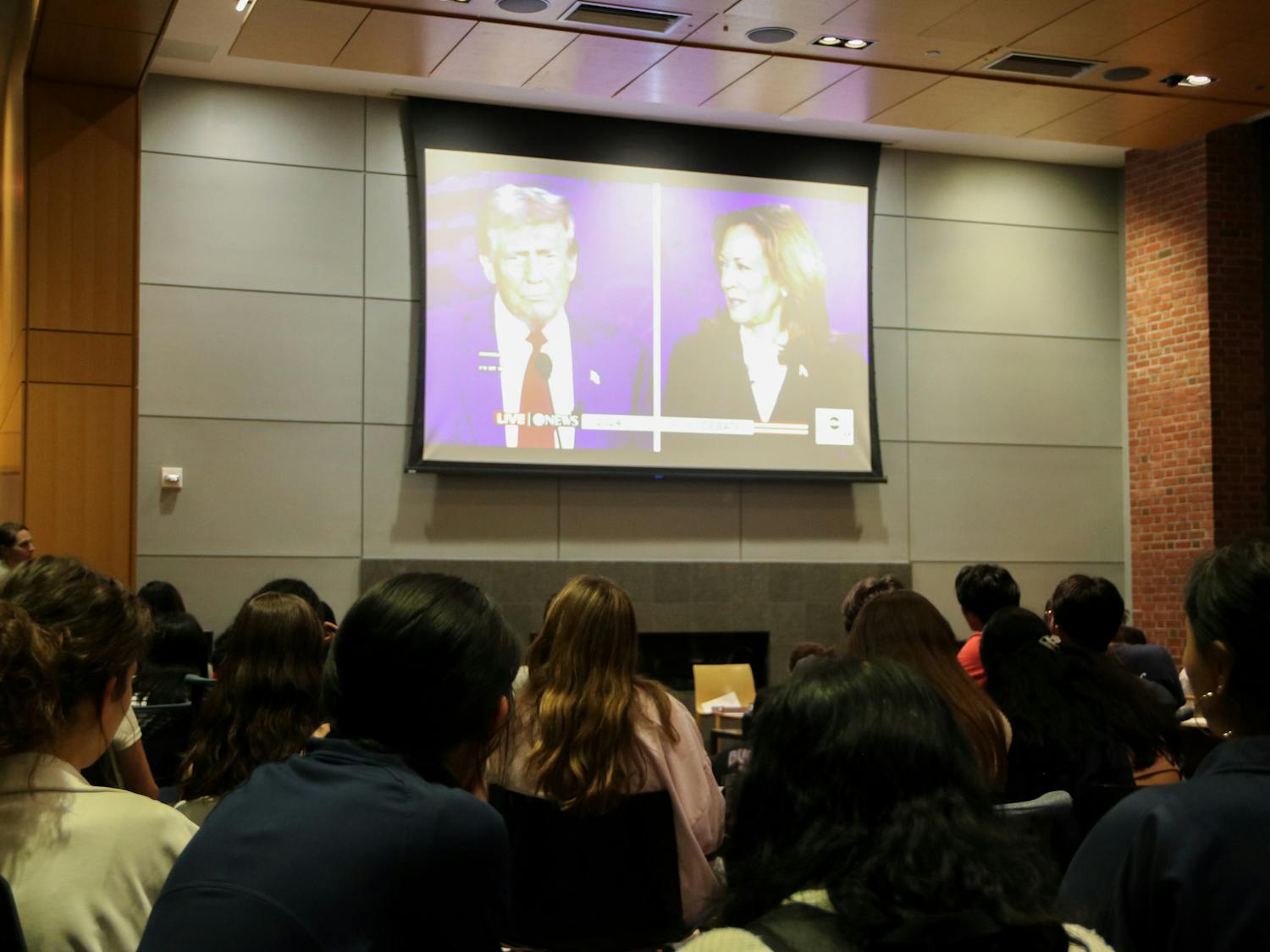Ah, Memorial Day weekend. My last chance to immerse myself in the world of sports before being forced to join the working world for the summer.
And what wonderful competition there's been. I've watched the New Jersey Devils complete an astonishing comeback over the Flyers, and I've seen the Colorado Avalanche fall inches short. I've been a witness to Juan Montoya capturing the Indianapolis 500, and I was glued to the television for every pitch of the brilliant showdown between Pedro Martinez of the Boston Red Sox and the Yankees' Roger Clemens.
Throughout the weekend, however, I've also been exposed to a much darker side of professional sports. From Darryl Strawberry commenting on his most recent attempt at rehabilitation from a cocaine addiction, to the South Carolina prosecutor offering the Carolina Panthers' Rae Carruth a plea bargain in the alleged murder of his girlfriend and unborn child, athletes made the news just as frequently for their run-ins with the law as for their on-field accomplishments.
Something's wrong here.
What makes athletes ignore all the scrutiny? What makes the relief pitcher beat his wife? What makes the place-kicker attempt to bribe a police officer? What makes the wide receiver place a hit on his girlfriend?
Yes, these heinous crimes occur elsewhere in society. No, they are not given the same amount of attention as when an athlete is accused. But in the public eye, sports and crime have been linked all too often as of late.
According to Newsweek, one prospective juror in the Ray Lewis double murder trial gave his reaction to the early coverage of the case, "I said to myself, 'Oh no - not another sports figure.' It was just something I was tired of."
Over the past year, more than two dozen NFL players have been implicated by law in some fashion. The charges range from spousal abuse, to theft, to drug possession, to murder.
Athletes, like it or not, are held to a higher standard than non-celebrities. Fair or unfair, athletes are worshiped by the public, imitated by children. This is not the time to debate whether or not people who can run faster, hit farther or shoot a basketball more accurately than the average citizen should be seen as any more of a role model than the average citizen -- they already are.
Many athletes recognize this. Some may not accept it -- remember Charles Barkley's infamous "I am not a role model" line -- but they know full well the influence their actions have.
"We are role models," says Detroit Lions' fullback Corey Schlesinger. "As far as I'm concerned, and I know other guys on this team and around the league feel the same way: Get rid of the bad apples because they have no place in our league."
Many truly are role models, spending their time participating in different forms of community service and using their fame for the public good.
Sandy and Roberto Alomar of the Cleveland Indians quietly assist Major League umpire John Hirschbeck in raising money to fight a rare genetic disorder. The Portland Trailblazers' Steve Smith pays for one student to attend his alma mater, Michigan State, every year, and will soon foot the bill for a second.
There are a host of other examples of athletes who not only do no harm, but also benefit the community. These are the people who should be emulated, not only by the public but by their teammates. Professional athletes need to accept responsibility for their actions along with the multi-million dollar contracts and the endorsement deals.
So, to those athletes who aren't, please keep the focus on the field, and off the police blotter.
Let me just watch the game.








